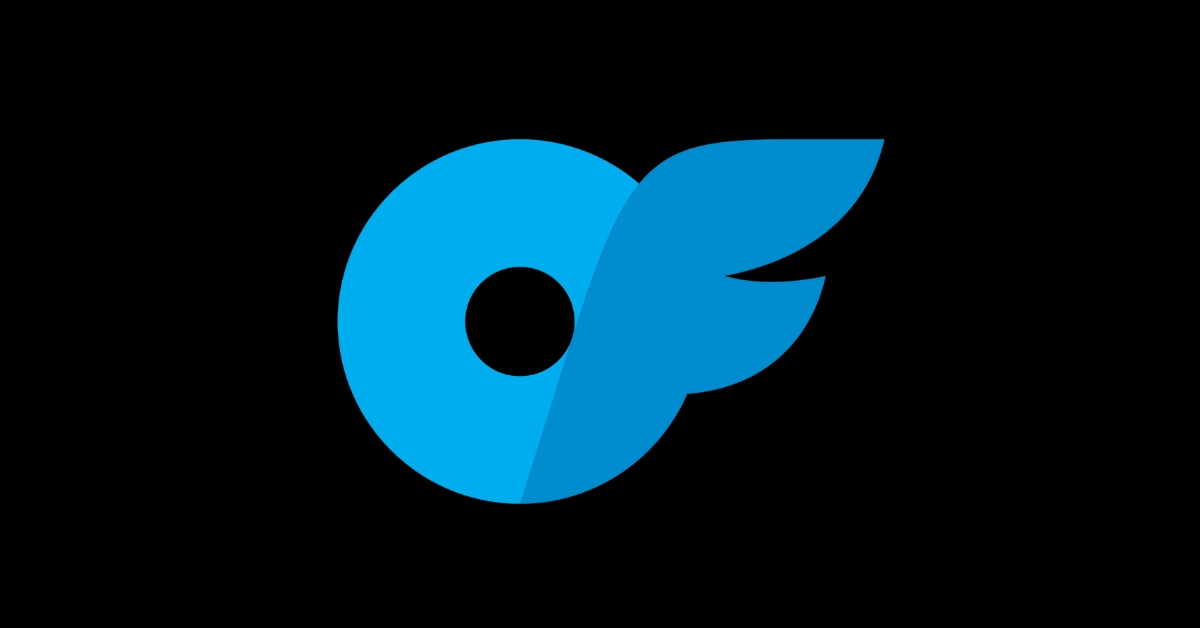Learn the ins and outs of crowdfunding for creators. This guide covers everything from choosing the right platform to crafting a compelling campaign. Start your funding journey today!
Table of Contents
Introduction
Imagine you’ve been working tirelessly on your dream project—an innovative new gadget, a unique piece of art, or a compelling short film.
You’ve poured your heart and soul into it, but there’s one problem—you need funds to bring it to life.
Enter crowdfunding, a modern solution for creators like you to raise money from a crowd of supporters.
Crowdfunding has revolutionized how creators fund their projects, making it possible for anyone with a great idea to gain financial backing.
Crowdfunding for Creators 101
This guide will explain the basics of crowdfunding, helping you understand how to leverage this powerful tool to bring your vision to life.
What is Crowdfunding?
Crowdfunding is raising funds through the collective effort of friends, family, customers, and individual investors.
This approach taps into the collective resources of a large group of people—primarily online via dedicated platforms—and leverages their networks for greater reach and exposure.
Types of Crowdfunding
- Donation-Based Crowdfunding
- Description: People donate money to support your project without expecting anything.
- Common Uses: Charitable causes, community projects, personal needs.
- Examples: Medical expenses, disaster relief, and nonprofit initiatives.
- Rewards-Based Crowdfunding
- Description: Backers receive a reward or incentive for their contribution.
- Common Uses: Creative projects, new products, artistic endeavors.
- Examples: Art projects, film production, new gadgets.
- Equity-Based Crowdfunding
- Description: Investors receive a share of the company or project in exchange for funding.
- Common Uses: Startups, business ventures.
- Examples: Tech startups and innovative business ideas.
- Debt-Based Crowdfunding
- Description: Also known as peer-to-peer lending, where backers lend money to be repaid with interest.
- Common Uses: Personal loans, business loans, refinancing debt.
- Examples: Small business loans, student loans, personal debt consolidation.
Choosing the Right Platform
Selecting the right crowdfunding platform is crucial for the success of your campaign. Here are some popular options:
- Kickstarter: Best for creative projects like art, film, music, and technology. Kickstarter operates on an all-or-nothing funding model, which means you only receive the funds if you meet your goal.
- Indiegogo: Offers flexible funding options, making it suitable for a wide range of projects. Indiegogo allows for both fixed and flexible funding, giving creators more flexibility in how they raise money.
- GoFundMe: Ideal for personal causes and charity campaigns. GoFundMe has no deadline or goal requirement, making it a good choice for ongoing fundraising needs.
- Patreon: Perfect for ongoing support for creators with recurring content, like podcasts, videos, and writing. Patreon operates on a subscription model, where supporters pay a monthly fee to access exclusive content.
- SeedInvest: Focused on equity crowdfunding for startups. SeedInvest connects startups with investors interested in buying equity in high-potential companies.
Creating a Compelling Campaign
Crafting Your Story
A compelling story is the heart of a successful crowdfunding campaign.
Share your journey, the problem your project solves, and why it matters.
A personal, engaging story resonates with potential backers.
Key Elements of Your Story
- The Origin: How did your idea come about? Share the inspiration and the problem you aim to solve.
- The Journey: Describe the process you’ve gone through so far. What challenges have you faced, and how have you overcome them?
- The Impact: Explain the difference your project will make. Why should people care? How will their support make a tangible impact?
Setting Realistic Goals
Determine how much money you need and break it down into achievable milestones.
It’s essential to be transparent about where the money will go.
Provide a detailed breakdown of your budget, so backers know precisely how their contributions will be used.
Budget Breakdown Example
| Expense Item | Amount |
|---|---|
| Materials | $2,000 |
| Production Costs | $3,000 |
| Marketing | $1,500 |
| Shipping | $1,000 |
| Miscellaneous | $500 |
| Total | $8,000 |
Offering Attractive Rewards
Provide meaningful rewards that align with your project and appeal to your audience.
Rewards can be an excellent motivator for backers, so they are enticing and relevant.
Examples of Rewards
- Early Bird Specials: Limited quantity rewards available at a lower price.
- Exclusive Merchandise: T-shirts, posters, or other branded items.
- Behind-the-Scenes Access: Updates, videos, or blog posts about the project’s progress.
- Personalized Thank Yous: Handwritten notes or custom videos.
- Participation Opportunities: Naming a character in a book or having a say in the design of a product.
Producing a High-Quality Video
Visual content significantly boosts campaign success.
Create a professional video that clearly explains your project and goals.
A good video should be engaging, informative, and visually appealing.
Tips for a Successful Campaign Video
- Keep It Short: Aim for 2-3 minutes. Get to the point quickly.
- Tell Your Story: Highlight the key elements of your story.
- Showcase Your Product: Provide a clear demonstration or visualization.
- Include a Call to Action: Encourage viewers to back and share your project with others.
Engaging Your Audience
Keep backers updated with regular posts, respond to comments, and show appreciation for their support.
Engagement is key to building a community around your project.
Strategies for Engagement
- Frequent Updates: Share progress, milestones, and any challenges you encounter.
- Interactive Content: Use polls, Q&A sessions, and live streams to involve your audience.
- Thank You Messages: Publicly thank your backers and show your gratitude.
Marketing Your Campaign
Leveraging Social Media
Use platforms like Facebook, Twitter, Instagram, and LinkedIn to promote your campaign.
Social media is a powerful tool for reaching a broad audience.
Social Media Tips
- Create a Content Calendar: Plan your posts to maintain consistency.
- Use Visuals: Images and videos perform better than text alone.
- Engage with Followers: Respond to comments and messages promptly.
- Use Hashtags: Increase visibility by using relevant hashtags.
Email Marketing
Build an email list and send regular updates to your subscribers.
Email marketing can be a highly effective way to keep your audience informed and engaged.
Email Marketing Tips
- Craft Compelling Subject Lines: Grab attention with concise and intriguing subject lines.
- Personalize Your Emails: Address recipients by name and tailor content to their interests.
- Include Clear Calls to Action: Make it easy for recipients to support your campaign.
- Track Performance: Use analytics to monitor open rates, click-through rates, and conversions.
Collaborating with Influencers
Partner with influencers in your niche to reach a wider audience.
Influencers can lend credibility and exposure to your campaign.
Finding the Right Influencers
- Relevance: Ensure the influencer’s audience aligns with your target market.
- Engagement: Look for influencers with high engagement rates.
- Authenticity: Choose influencers who genuinely connect with their followers.
Press and Media Outreach
Contact blogs, newspapers, and online magazines to feature your campaign.
Media coverage can significantly boost your visibility and credibility.
Crafting a Press Release
- Headline: Create a catchy and informative headline.
- Summary: Provide a brief overview of your campaign.
- Details: Include key information, such as your goals, timeline, and rewards.
- Contact Information: Make it easy for journalists to reach you.
Conclusion
Crowdfunding is an incredible opportunity for creators to transform their dreams into reality.
You can successfully fund your passion projects by understanding the different types of crowdfunding, choosing the right platform, and creating a compelling campaign.
Remember, the key to a successful crowdfunding campaign lies in connecting with your audience and effectively communicating your vision.
If you found this guide helpful, explore our other articles for more insights and tips on funding your creative endeavors. Your journey to successful crowdfunding starts here—good luck!
Trivia
Did you know that the Statue of Liberty’s pedestal was funded through one of the earliest forms of crowdfunding? In 1885, newspaper publisher Joseph Pulitzer launched a campaign that raised over $100,000 from more than 160,000 donors to complete the project.





